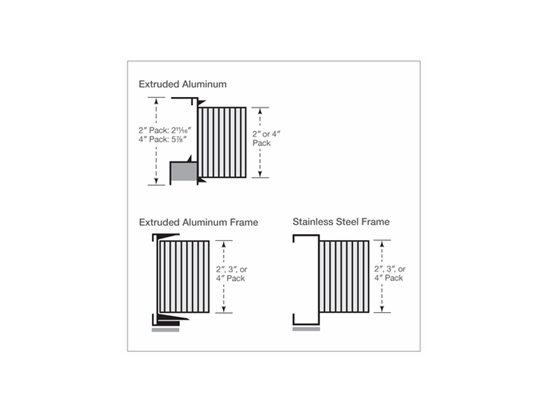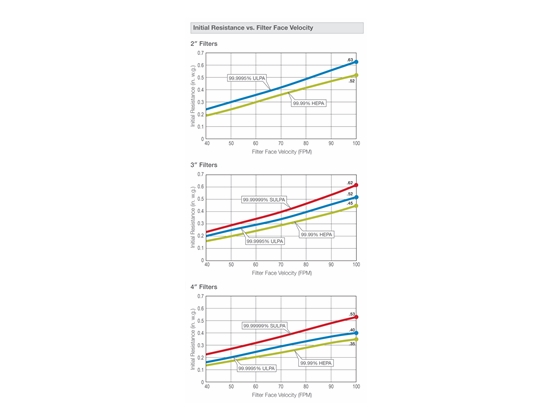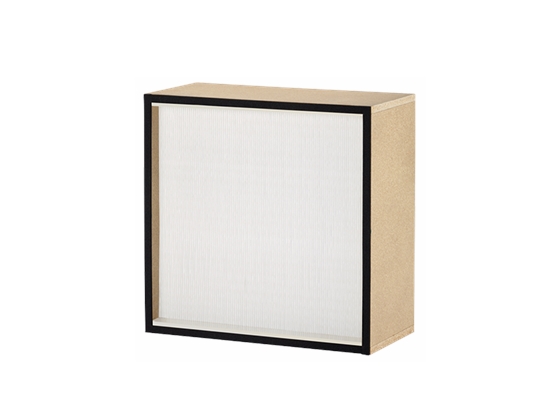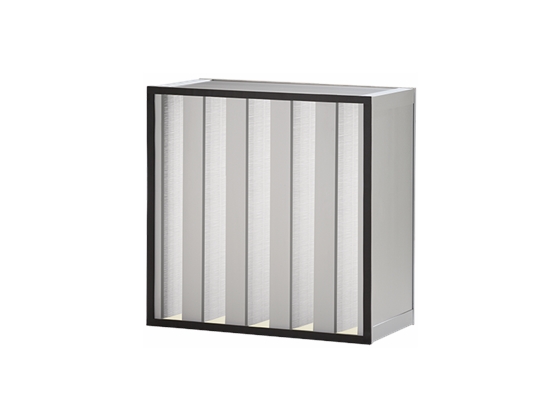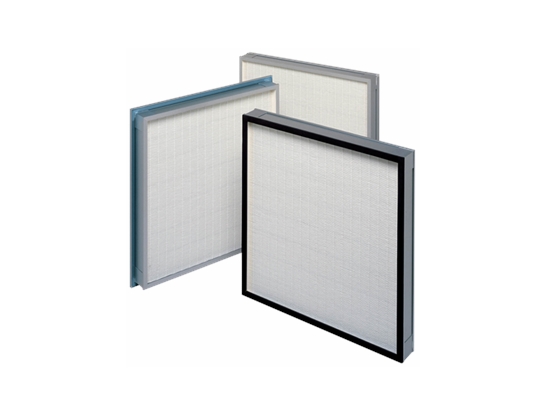HEPA Filters
DimplePleat HEPA Filters
Description
DimplePleat HEPA Filters
100% SEPARATORLESS HEPA FILTERS
Product Overview
- Maximum utilization of media for long life
- Minimal off gassing due to elimination of glue, and no particle generation or fraying due to elimination of strings and strips
- Lightweight and easy to handle with a superior appearance
- State-of-the-art testing with low off gassing urethane to seal media pack to the frame
Application
DimplePleat HEPA/ULPA filters are used in applications that require ultra-clean air. They typically operate at a velocity of 100 FPM (0.5 m/s), making them ideal for unidirectional (laminar flow) applications in pressurized plenum ceiling grids, downflow hoods, portable cleanrooms, clean benches, fan powered modules, and horizontal flow wall modules. Filters of standard construction may be operated at up to 150 FPM (0.76 m/s) face velocity and to a final resistance of 2.0″ w.g. (500 Pa) As with all HEPA/ULPA filters, high efficiency ASHRAE-rated prefilters are recommended.
Media Manufacturing
The ability to conduct in-house research and development on filter media led AAF Flanders to the exclusive development of the unique DimplePleat filter. Filter media is formulated from all-glass microfibers, wet-laid on AAF Flanders’ dedicated papermaking process. Binding and waterproofing agents are drawn completely through the media while in the wet stage, ensuring maximum tensile strength and protection from humidity. The media is constantly monitored by process controls to ensure correct physical properties.
HEPA & ULPA Efficiency Testing
Each HEPA and ULPA filter is tested for efficiency and resistance by Dual Laser Spectrometer. The spectrometer samples simultaneously on the upstream and downstream sides of the filter to determine the percentage of penetration. AAF Flanders’ standard test challenge is an aerosol of polystyrene latex (PSL) spheres. The laser instrument detects the size of each penetrating sphere in seven particle size classes from 0.07μm to 1.0μm. Resistance readings are taken according to volumetric parameters (i.e. – 100 CFM per ft2 of media face area) and are expressed in inches of water gauge.
Efficiency
HEPA
Filter Depth
2" 3" 4"
Media Type
Specially formulated microfiberglass
Max Operating Temperature
212˚F (100˚C)



